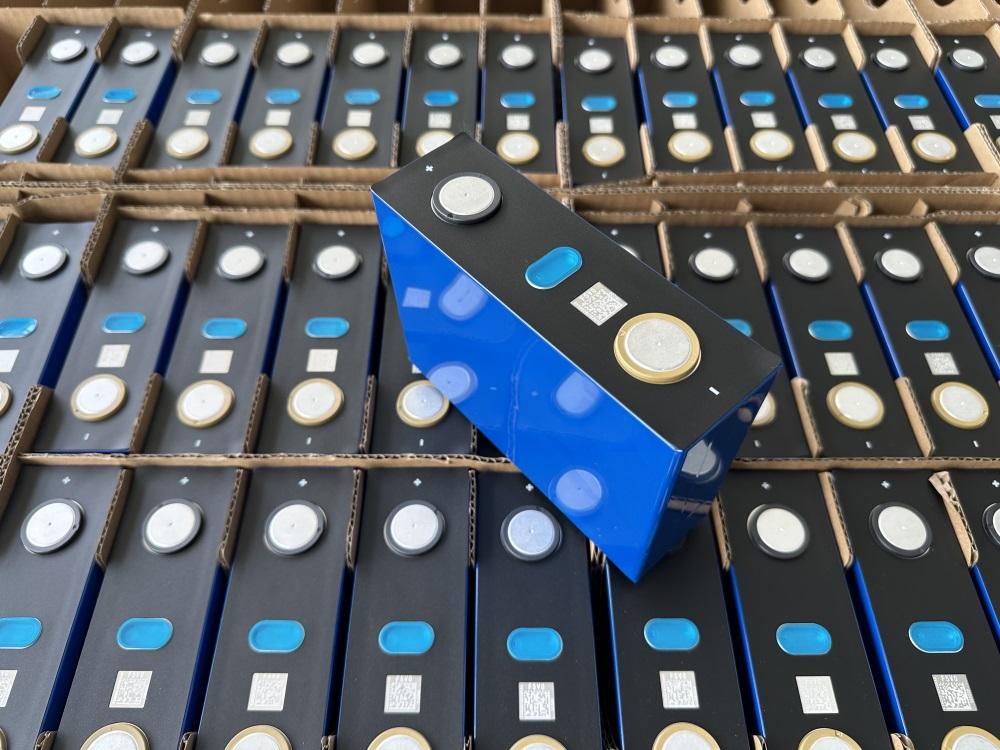
With the growing adoption of new energy electric vehicles and energy storage systems, lithium iron phosphate (LiFePO4 or LFP) batteries have become increasingly common. Many electric vehicle owners and users often wonder: Is it better to charge an LFP battery to 100%, or is stopping at 95% a better practice? This article delves into the characteristics of LiFePO4 batteries, the role of the Battery Management System (BMS), and proper charging habits to help users make informed decisions and extend battery life.
It’s common to confuse LiFePO4 batteries with ternary lithium batteries (such as NCM or NCA), but their optimal charging strategies differ significantly:
- NMC/NCA Batteries: Manufacturers typically recommend charging up to around 90% for daily use. This helps balance range needs with battery longevity by slowing down degradation.
- LiFePO4 Batteries: It is generally better to charge them fully to 100%. In fact, it is often advised to perform a full charge at least once per week to maintain cell balance.
These differences stem from the distinct chemical properties and management requirements of each battery type.
1. Limitations of the BMS Balancing Mechanism
During charging—especially in fast-charging mode—the BMS does not always balance individual cell voltages in real time with perfect accuracy. Due to slight variations among cells, some may reach full charge earlier than others.
If charging is stopped prematurely, the BMS may incorrectly assume the entire battery pack is fully charged, leading to increased imbalance among cells.
2. Importance of the Slow-Charging Phase
The final stage of charging usually involves a switch from fast to slow charging. This phase allows the BMS more time to balance cell voltages effectively.
A complete charge to 100% ensures the cells are evenly balanced, enhancing the overall stability and service life of the battery.
Many users confuse “full charge/discharge” with “overcharging/over-discharging,” which are two very different concepts:
- Full Charge/Discharge: This means charging to 100% and discharging until the system prompts a low battery warning—all within the manufacturer’s recommended safe range. This practice is beneficial for LFP batteries.
- Overcharging/Over-Discharging: These occur beyond the designed safe thresholds—for example, continuing to charge beyond 100% or draining the battery until it shuts down completely. Such practices can cause irreversible damage.
A good rule of thumb: recharge when your vehicle alerts you to low battery instead of waiting until it’s fully depleted.
To extend battery life and maintain performance, consider adopting the following habits:
- Daily charging between 90%–100% is acceptable; there’s no need to deliberately limit the top charge.
- Perform a full 100% charge at least once per week to ensure cell balancing.
- Avoid over-discharging. Charge as soon as the system indicates low battery.
- Combine fast and slow charging: While fast charging is convenient, periodically using slow charging allows the BMS more time to balance and maintain the cells.
- If storing the battery for an extended period, keep its charge level between 40%–60%. Avoid storing it at full charge or extremely low levels.
In summary, LiFePO4 and NMC/NCA batteries require different charging strategies. While ternary lithium batteries perform better when charged to around 90% daily, LiFePO4 batteries benefit from being fully charged to 100% on a regular basis—especially to maintain cell balance.
Ultimately, the key to prolonging battery life and sustaining performance is to avoid overcharging and over-discharging while adopting scientifically sound charging habits.
In other words, the best practice for LiFePO4 batteries is to charge fully under normal use, avoid deep discharge, and periodically perform full charge cycles. This will not only keep the battery in good health but also offer users greater peace of mind.
Next:CALB Powers Benchmark Commercial EV Models, Leading the Industry’s Electric Transformation
Previous:Sungrow Donates Inverters to Brazil's Unicamp to Support Solar Energy Research